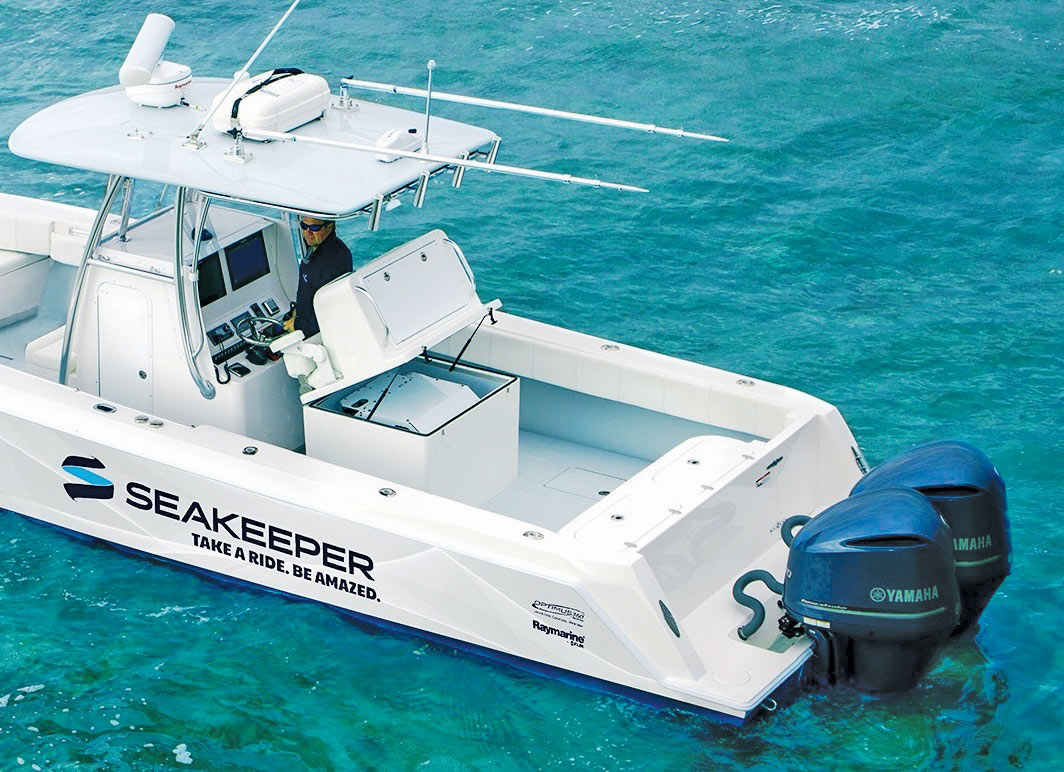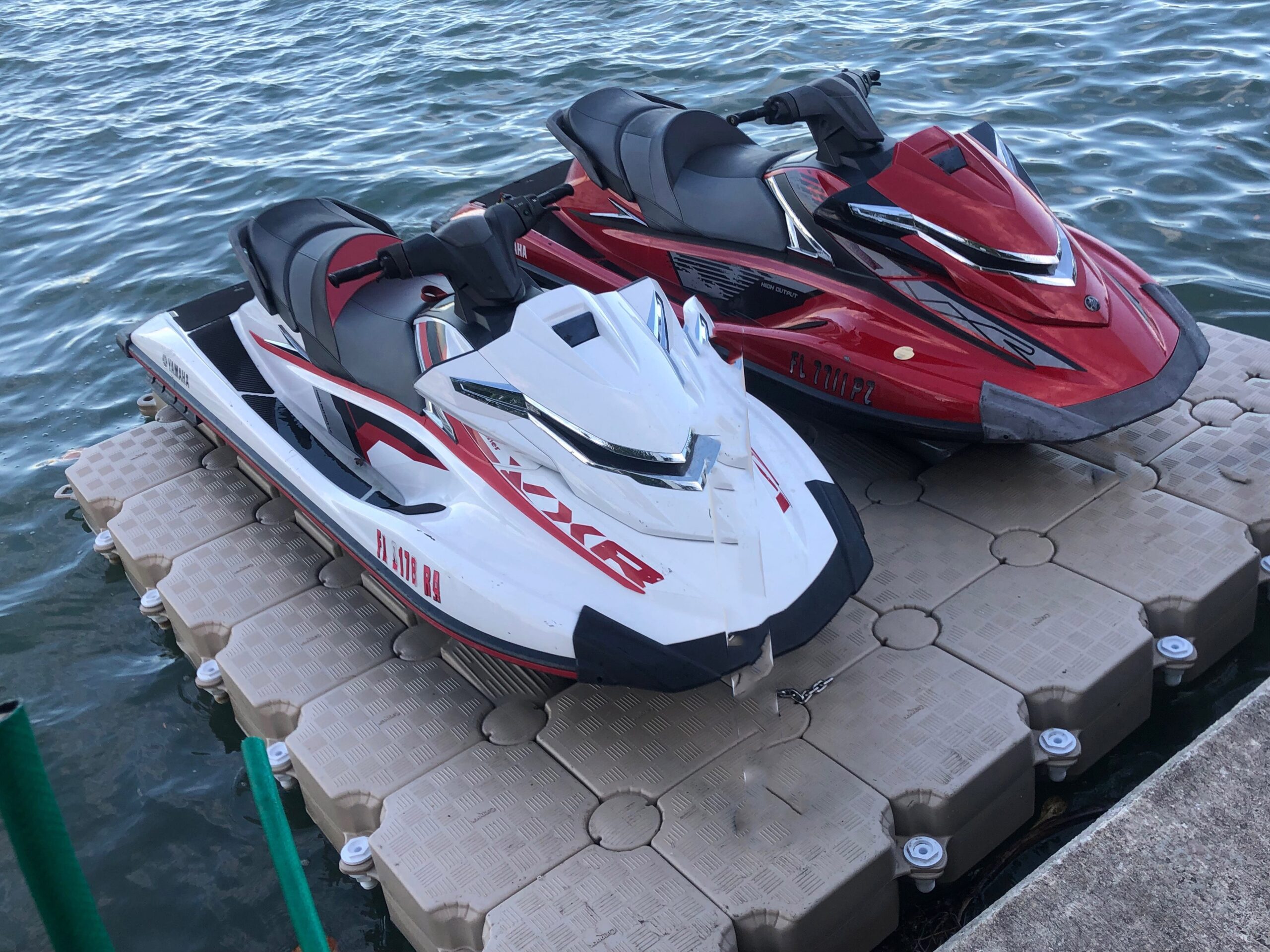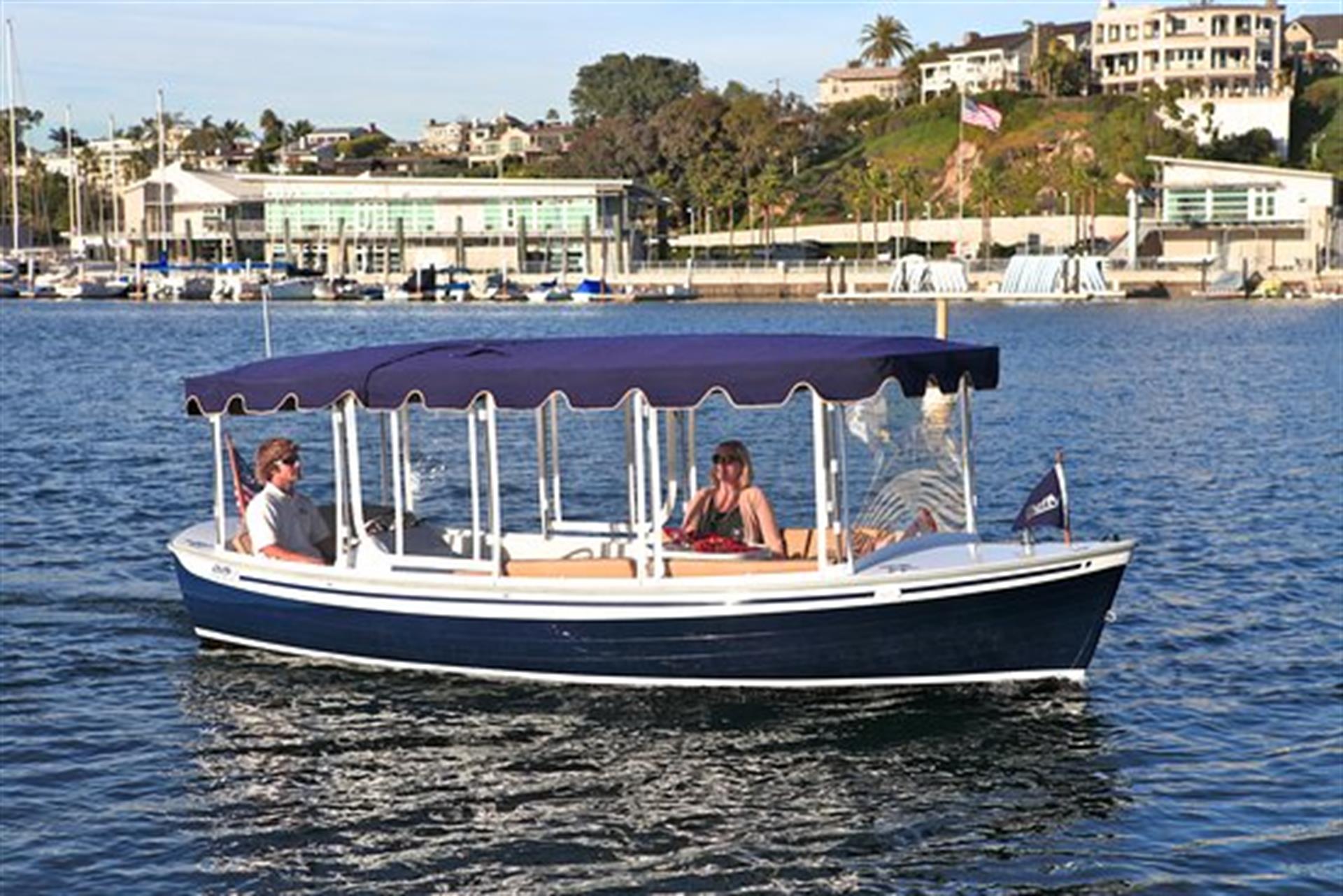Oseberg Viking Ship: Unveiling the Splendor of Norse Maritime Heritage
Unearthed in 1904 near the farm of Oseberg in Norway, the Oseberg Viking Ship captures a significant part of Viking history and culture. As one of the most exquisite archaeological finds from the Viking Age, this ship dates back to the early 9th century. Constructed with masterful craftsmanship, the Oseberg Ship is revered for its elaborate wood carvings and accentuated features that are representative of the era's maritime prowess.
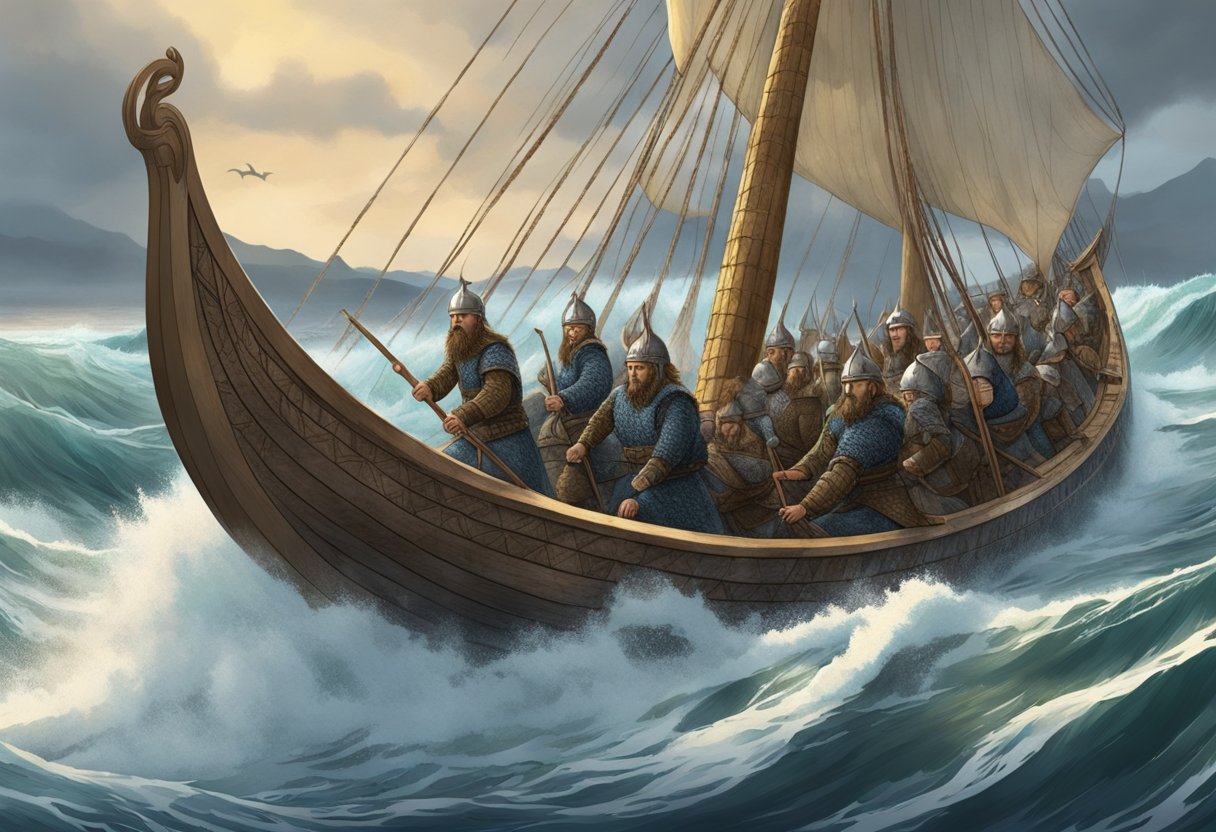
The significance of the Oseberg Ship extends beyond its construction; it served as a burial site for two women, indicating the social complexity and the prominent roles individuals could hold during the Viking era. The ship was laden with numerous artifacts, including textiles, household items, and sledges, reflecting a comprehensive snapshot of life during that period. The sophisticated design and contents of the ship have provided a wealth of information for scientific analysis, offering insights into shipbuilding techniques, burial customs, and the day-to-day life of the Vikings.
Key Takeaways
- The Oseberg Viking Ship is a crucial artifact from the 9th century, showcasing Viking craftsmanship.
- As a burial site, it provides insights into the social structures and customs of Viking Age Norway.
- Artifacts found on the ship offer a glimpse into the cultural and daily life of the period.
Historical Context
The Oseberg ship represents a paramount piece of the Viking Age, encapsulating both the era's maritime craftsmanship and its societal structures. Situated within the broader tapestry of Viking history, this ship offers insights into the Scandinavians' life during this tumultuous period.
Origin and Age
Discovered in a burial mound near Tønsberg in the Vestfold county of Western Norway, the Oseberg ship is a remarkably well-preserved Viking ship that dates back to the early 9th century. Preliminary dendrochronological testing of the ship's timber indicates construction in approximately 820 AD, revealing its direct connection to the first phase of the Viking Age. This monumental find sheds light on shipbuilding techniques and maritime strategies from over a millennium ago.
Viking Age Significance
As a quintessential Viking ship, the Oseberg ship exemplifies the pivotal role of seafaring in the Viking Age. The era, known for its extensive maritime exploration, trading, and raiding, saw Scandinavians reaching far beyond their native lands. Vessels like the Oseberg were not just modes of transportation; they were symbols of wealth, status, and power that helped define the scope of Scandinavian influence across Europe and beyond. The Oseberg ship's elaborate ornamentation and size indicate it may have been a seagoing vessel of high prestige, possibly used by notable contemporaries in the region.
Discovery and Excavation
The Oseberg Viking ship, hailed as a remarkable example of maritime technology from the Viking Age, was uncovered in the county of Vestfold, Norway. This discovery was a watershed moment for the archaeological world, providing incredible insight into the craftsmanship and burial customs of the era.
Initial Excavation
In 1903 a farmer, while plowing his fields, stumbled upon the upper part of what appeared to be a burial mound in Oseberg. Excitement brewed as it became clear that there was something substantial beneath the surface. The following year, meticulous excavation work began, revealing the remarkable Oseberg ship. Due to the rapid nature of the excavation, brought upon by the need to protect the find from the elements, the team worked quickly, uncovering an entire ship entombed within the mound.
Archaeological Methods
At that time, the efforts were marked by a blend of traditional digging techniques and the nascent principles of stratigraphic archaeology. The team carefully documented the layers of soil and the positioning of artifacts to maintain the site's historical context. This systematic approach aimed to preserve as much information as possible about the ship's construction, its contents, and the burial customs practiced by the Viking people.
Gabriel Gustafson's Contribution
Under the professional guidance of archaeologist Gabriel Gustafson, the excavation took shape with a high degree of scientific rigor. Gustafson's contribution to the field was significant; he not only organized the intricate excavation process but also ensured that the methods used were meticulous and thorough, respecting both the site's cultural heritage and its academic potential. His work set new precedents in the field of archaeology, especially regarding the treatment and understanding of Viking Age artifacts and burial sites. Under his stewardship, the Oseberg find became a cornerstone for the study of Viking ships and Nordic history.
Ship Construction and Structure
The Oseberg ship demonstrates a pinnacle of Viking craftsmanship, with its construction emphasizing both functionality and ceremonial purpose. The intricacies in its structure are indicative of the advanced shipbuilding techniques of the Viking era.
Materials Used
The primary material for the Oseberg ship was oak timber, renowned for its durability and strength. Timber was carefully selected and shaped, creating the ship’s robust structure. The use of oak was strategic, giving the vessel the necessary sturdiness to withstand voyage tensions and the harsh marine environment.
Design and Engineering
In terms of design and engineering, the Oseberg ship features overlapping strakes—the hull planks—which were skillfully joined in a technique known as clinker building. This structure provided both flexibility and strength to the ship. The keel was laid as the ship's backbone, providing stability and housing for the mast, which was a central piece for sailing efficiency. The strakes were fastened together with iron rivets and watertight seals made from animal hair and tar.
Symbolism in Woodcarvings
The woodcarvings on the Oseberg ship are not only artistic but also symbolic, displaying both mythological and realistic animal forms. These carvings could have been believed to provide protection to the ship and its crew, or to reflect the status and beliefs of its owner. The intricate designs demonstrate the Vikings' skills in woodworking, and every carving on the ship serves as a testament to their ability to fuse practical shipbuilding with significant ornamentation.
Oseberg Ship as a Burial Site
The Oseberg Ship serves as a significant Viking Age burial site, notable for its rich grave goods and the well-preserved human and animal remains discovered within its burial chamber beneath the burial mound.
Grave Goods and Contents
Within the Oseberg Ship, a multitude of grave goods were found, indicating the high status of the individuals interred. The chamber contained a collection of wooden and textile artifacts, each intricately designed, demonstrating advanced craftsmanship. Items such as carved wooden carts, elaborate sledges, and beds were present, along with a tapestry that revealed insights into Viking Age mythology and societal views.
Notably, the grave goods suggest that the individuals buried on the Oseberg Ship were of considerable importance and wealth. Household items, from buckets to wooden stools, were part of the contents, indicating that the burial followed customs intended to serve the needs of the deceased in the afterlife. Articles from the grave reveal a diverse range of materials and functions, encompassing both daily life and ceremonial activities.
Human and Animal Remains
The burial contained the skeletal remains of two women, whose status and roles in Viking society have been the subject of much discussion. Examination of their bones offers evidence indicating that they could have been nobility, priestesses, or other high-ranking individuals. The presence of animal bones alongside the human skeletons suggests ritualistic significance or the provision of companionship for the afterlife journey.
Moreover, the animal remains also included dogs and horses, animals that held practical and spiritual significance in Viking Age Norse culture. These remains highlight the comprehensive nature of the burial, as they are believed to represent the wealth, social standing, and domestic life of the interred individuals. The state of the human and animal remains provides archeologists with crucial information on burial customs, as detailed in this discussion on the Oseberg skeletons.
Artifacts and Finds
The Oseberg Viking ship excavation yielded a vast array of artifacts, offering insights into Viking craftsmanship, trade, daily living, and artistic expression. It stands out as a treasure trove that continues to shape our understanding of Viking culture.
Everyday Objects and Tools
Tools excavated from the Oseberg site reflect the Vikings' daily life and skilled craftsmanship. Among the artifacts, the discovery of a wooden sleigh intricately carved with animal head motifs highlights their wood-working expertise. A well-preserved bucket—possibly used for storage or food preparation—also illustrates the practical aspects of Viking life. These items, alongside a plethora of other tools uncovered, offer a window into the utilitarian objects that were essential for daily activities and survival in the Viking Age.
Textiles and Ornamentation
The Oseberg find is particularly noted for the exceptional preservation of textiles—a rarity in archaeological contexts due to their typically perishable nature. The remains of elaborate tapestries suggest the presence of sophisticated weaving techniques and a high value placed on textile production for both functional and decorative purposes. Ornamentation discovered at Oseberg includes intricately patterned clothing and detailed embroidery, underscoring a culture that placed emphasis on artistry and aesthetics. These textiles not only served as indicators of status but also as mediums for artistic expression within the Viking Age.
Scientific Analysis and Insights
The Oseberg Viking ship has undergone extensive scientific analysis, providing crucial insights into Viking maritime technology, burial customs, and preservation techniques. Conservation efforts have detailed the ship's construction materials and designs, while studies on the skeletal remains offer a glimpse into the health and diet of the Vikings.
Wood and Textile Conservation
Conservation of the Oseberg ship revealed that it was primarily constructed of oak. Specialists in the field of maritime archaeology have painstakingly worked on the conservation of the ship's wooden structure. Attention has also been given to the ship's textiles, most notably wool and linen, with techniques developed to conserve these materials that are prone to degradation over time. The survival of textiles in the Oseberg ship has provided a valuable insight into Viking-age clothing and craftsmanship.
Skeletal Studies
Skeletal analyses conducted on the remains found in the Oseberg ship have offered a wealth of knowledge about the crew's life and health. Studies indicate the presence of meat in the Viking diet and have expanded the understanding of diseases such as osteoporosis amongst the crew. These analyses help to construct a more comprehensive picture of the Vikings' physical health, including the incidence of conditions like cancer which were previously not well documented for this period.
Blue Clay Preservation Method
The Oseberg ship was exceptionally well-preserved due to the blue clay in which it was buried, which created an anaerobic environment inhibiting the growth of microorganisms responsible for decomposition. This method of preservation, while not intentionally scientific at the time, has allowed for the extraordinary preservation of both organic and inorganic materials. It has offered current-day conservators and scientists critical insights into effective long-term conservation techniques of archaeological artifacts. Restoration efforts continue, combining traditional practices with modern science to ensure the longevity of this important cultural artifact.
Cultural Legacy
The Oseberg Viking ship's discovery has profoundly impacted our understanding of Viking maritime capabilities and cultural influences, resonating through historical research, museum exhibits, and maritime practices.
Influence on Maritime History
The Oseberg ship has been pivotal in shaping scholars' understanding of Viking maritime history. Its sophisticated design and construction have informed academics about the Vikings' shipbuilding skills and seafaring strategies. This historical sailing vessel reflects the daring spirit of the Vikings, who sailed these seas with efficiency and speed that was exceptional for their time.
Modern Reconstructions and Replicas
In Tønsberg, a significant reconstruction effort led to the creation of a functional replica known as the Saga Oseberg. Through the dedication of skilled craftsmen, the replica harks back to the Golden Age of the Vikings, inviting enthusiasts to experience the thrill of sailing a traditional Viking ship. The crew of these replicas takes part in sailing demonstrations that emulate the Vikings' seafaring exploits, providing insights into the operational aspects of these ancient vessels.
Exhibitions and Museums
The Viking Ship Museum in Oslo's Bygdøy peninsula has become a cultural hub, showcasing the Oseberg ship and other archaeological finds. Visitors can witness the meticulous craftsmanship of the Oseberg ship up close at the museum, which serves as a window into Viking culture. Additionally, the University Museum of National Antiquities and Dronningen's Oskar Rom further support efforts to preserve and exhibit this legacy, ensuring that the lore of the Vikings and their iconic ships continues to inspire and educate.
Archaeological and Heritage Management
The Viking ship discovered at Oseberg has been the subject of intense archaeological study and heritage management efforts. These initiatives are designed to preserve the ship for future generations, while allowing scholars and the public to understand its historical significance.
Ongoing Research and Study
Researchers continually study the Oseberg ship, employing advanced methods to glean more information about Viking Age maritime technology and culture. Archaeologists analyze the ship's construction and use osteological analysis to study human remains, shedding light on the people buried within. This research is often concentrated within institutions like museums in Vestfold og Telemark county, enhancing regional scholarly expertise.
Preservation Efforts
Preserving the Oseberg ship poses significant challenges due to osteoporosis in the wood from centuries buried underground. Specialists in conservation use methods such as humidity control and chemical treatments to slow deterioration. This meticulous work ensures that the Oseberg ship remains an exemplar of Viking Age craftsmanship.
Public Engagement and Education
The ship is displayed in Tønsberg, where it plays a pivotal role in public engagement. Educative programs and exhibits enable visitors to interact with the vessel's history and the archaeological processes that brought it to light. Through these efforts, the heritage of the Oseberg ship is not just preserved but actively shared.
Frequently Asked Questions
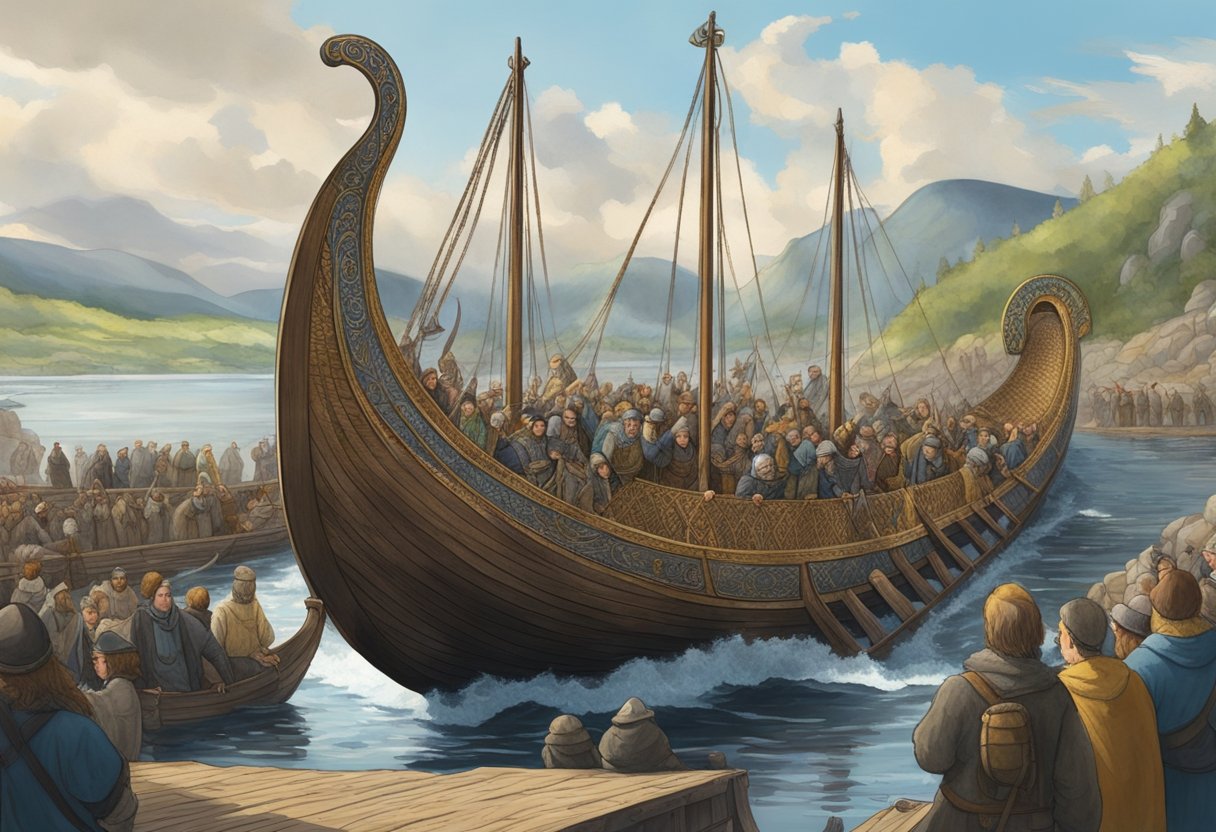
The Oseberg Viking ship is celebrated for its rich contribution to the understanding of Viking Age maritime history and Norse culture through its distinctive features, burial artifacts, and craftsmanship. This section addresses some of the most common inquiries related to this remarkable archaeological find.
What are the distinctive features of the Oseberg Viking ship compared to other Viking longships?
The Oseberg ship showcases exceptional woodcarving details not typically found on other Viking longships. It is characterized by its intricately carved serpent head and elaborate patterns that indicate a ceremonial purpose, distinguishing it from other vessels primarily designed for raiding or trading.
What insights into Viking culture and burial practices does the Oseberg ship provide?
The Oseberg ship burial reveals significant insights into Viking funerary customs, suggesting the high status of the individuals buried within. The presence of a ship, grave goods, and animal sacrifices indicate beliefs in an afterlife and the importance of providing the deceased with items necessary for their journey.
What artifacts were discovered alongside the Oseberg ship, and what do they signify?
Artifacts including textiles, wooden objects, and household items were found beside the Oseberg ship, signifying the wealth and social standing of the individuals. They also offer a glimpse into the daily life and material culture of the Viking Age.
How have the findings from the Oseberg ship influenced our understanding of Viking navigation and craftsmanship?
The findings from the Oseberg ship have provided valuable information on the progression of maritime technology before and during the Viking Age. The ship's construction techniques and design demonstrate advanced sailing capabilities and skilled craftsmanship of Viking shipbuilders.
In what ways has the Oseberg Viking ship been preserved and displayed in modern museums?
The Oseberg ship has been meticulously conserved and is prominently displayed in the Viking Ship Museum in Oslo, Norway. The preservation efforts have involved climate-controlled environments and ongoing research to prevent the degradation of the wooden structure and artifacts.
Who were the individuals buried in the Oseberg ship and what is their historical significance?
The ship contained the remains of two women of high status, whose identities are still unknown. However, their burial in the Oseberg ship underscores the possible roles powerful women may have held in Norse society and adds depth to the understanding of social hierarchies during the Viking Age.
Charlie is Editor-in-Chief of Sea Magazine
